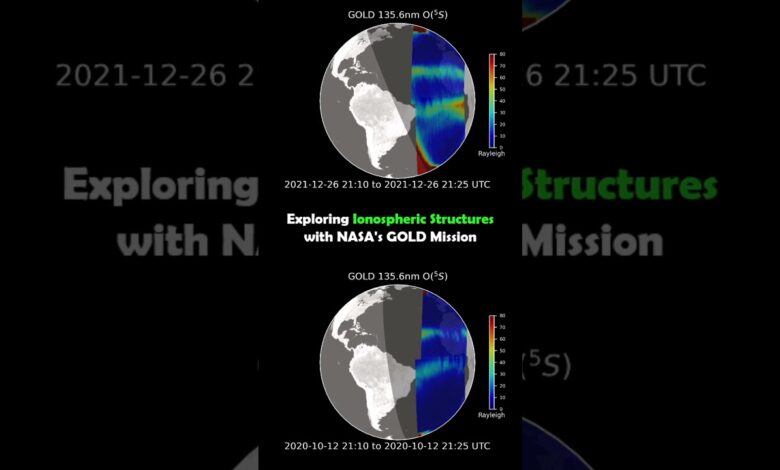
A new NASA mission tagged the Global-scale Observations of the Limb and Disk (GOLD), revealed structures in the form of X and C in the Earth’s ionosphere. This charged particle is crucial in long-distance communication through radio.
A geostationary satellite GOLD, launched in 2018, has recorded the creation of complex structures similar to crossed spirals within usually rather calm plasma areas in the ionosphere. These structures were visible before only during intense space weather conditions, so the observations of GOLD during the periods when there was no such activity indicate other factors affecting the ionosphere, yet they are unknown.
“And it is an unexpected feature during geomagnetic quiet conditions,” said Fazlul Laskar, a research scientist from the University of Colorado’s Laboratory for Atmospheric and Space Physics (LASP).
GOLD has also observed curved bubbles, ‘C-shaped bubbles’ within the plasma, which, to the investigator’s surprise, are compacted. According to great scientists, these bubbles result from wind directions; however, the changes noted are extremely sharp within short distances.
Deepak Karan, the research scientist at LASP, stressed the necessity of defining what is causing such an outcome. “If a vortex or a strong shear in the plasma, this will change the plasma over that region, leading to signal interruption. ”
This finding by NASA’s GOLD mission contributes to the continuous scientific exploration of Earth’s ever-changing ionosphere and its impact on communication.



